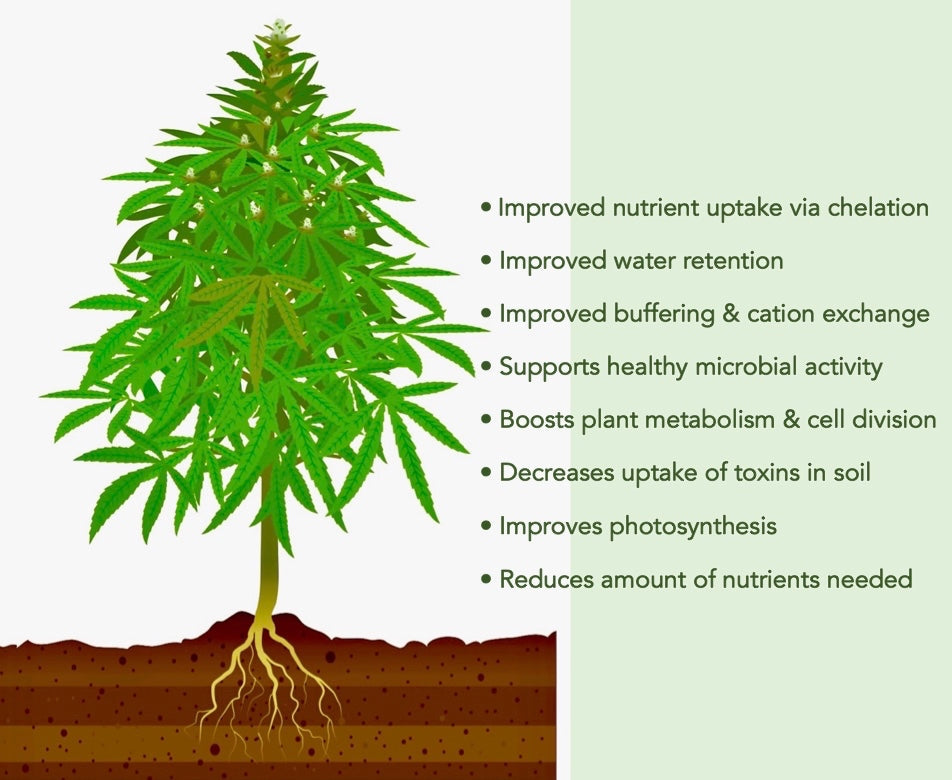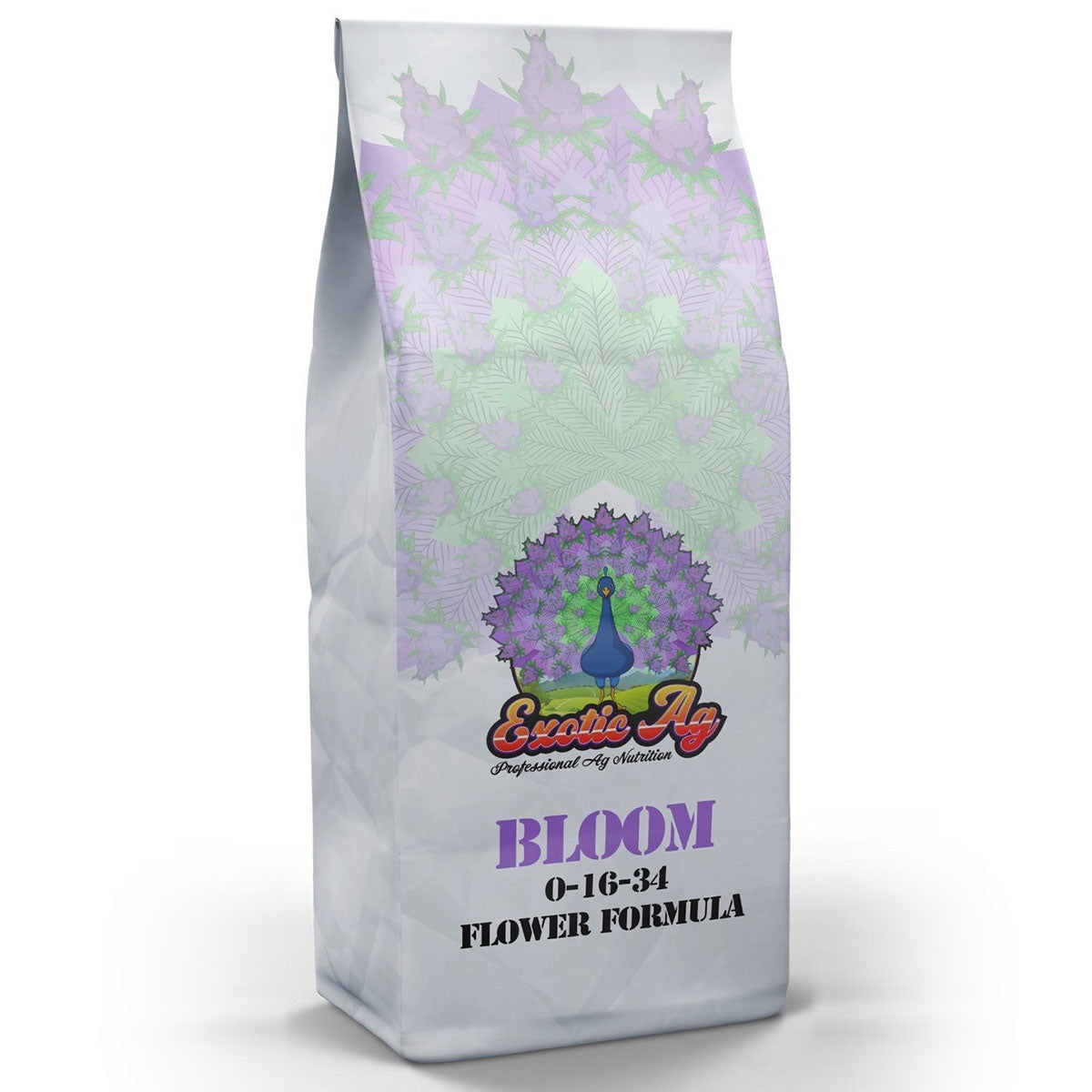The Benefits Of Humic and Fulvic Acids
2 min read
Good For Soil or Hydroponic Cultivation
More and more cannabis farmers are starting to incorporate humic and fulvic acids into their grow regimens. They work together to help promote healthier roots and better nutrient uptake, ensuring all-around healthier plant development during all stages of growth and larger yield potential for your plants.
HUMIC ACIDS are complex acids derived from the break-down of dead organic material by soil microorganisms. They are black or dark brown in color and are soluble in alkaline water.
Humic acid improves soil composition by supplementing and rejuvenating it, and in doing so, improves availability, mobility, and management of nutrients in the substrate, and improves water retention.
What makes humic acid an excellent soil conditioner is its chelating ability. It attaches to micronutrients and forms a bond, allowing the nutrients to be more easily absorbed by plants. Humic acid also promotes improved ion-exchange and better soil buffering capabilities.
Humic acid actively allows for nutrients and minerals such as calcium, iron, magnesium, zinc, and manganese to be absorbed readily, stimulating improved plant growth and healthy roots. This works in any type of grow and provides benefits during all stages, from the seedling that just sprouted to mature cannabis plants.
FULVIC ACIDS have a close relationship with humic acid. It is a humic material that is light yellow to brown, but unlike humic acid, is soluble at all pH levels - acidic and alkaline. Its molecular weight is lower than that of humic acid since it has less carbon but a higher oxygen content. The lower molecular weight gives fulvic acid the ability to cross the membranes of plant cells so it can easily penetrate leaves, making it an efficient foliar spray that can provide nutrients to plants quickly. But you can also use it via irrigation by mixing it with your regular nutrient solution.
Furthermore, both humic and fulvic acid reduce the amount of nutrients that your plants need, making for healthy growth and excellent yields at a fraction of the cost.
IN CONCLUSION: Humic and fulvic acids are excellent to use together with a well-balanced nutritional program. They benefit your plants through-out all stages of growth and with the help of humic and fulvic acids, you’ll improve soil composition and chelating ability, enhancing nutrient uptake. And, with increased vitality and root development, you can ensure that your plants are getting the most out of their available nutrients. There are several popular products in the marketplace that provide these benefits. Compare their ingredients, percentages and cost and choose the product that best meets your needs.



